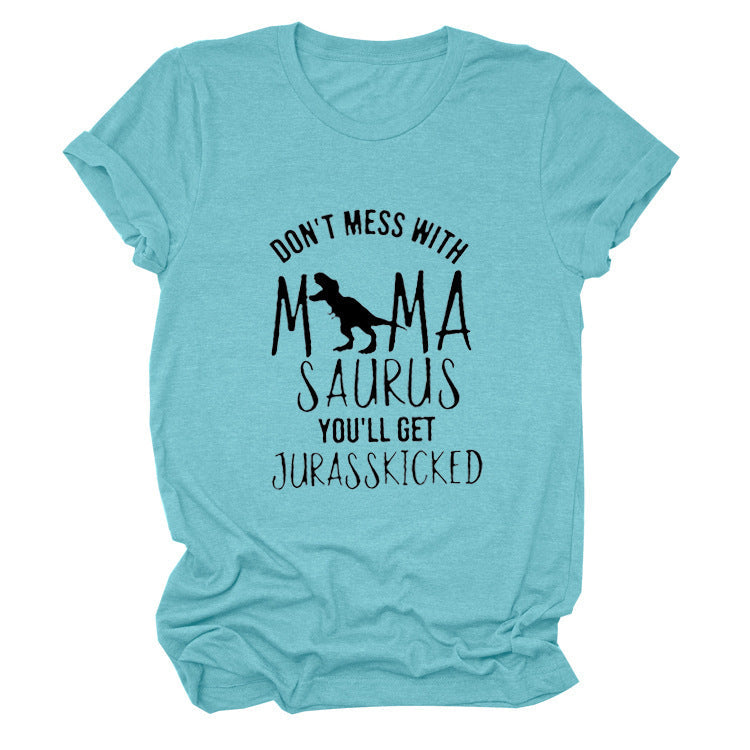
The Evolution of T-Shirts: From Basic Apparel to Fashion Statement
Share
T-shirts, once a simple undergarment, have evolved into one of the most iconic and versatile pieces of clothing. What started as practical, everyday wear has transformed into a significant fashion statement, blending comfort, style, and personal expression. Let’s explore how the humble T-shirt has developed over time and why it remains a key part of modern fashion.
The Origins: Simple and Functional
T-shirts originated in the early 20th century as a practical piece of clothing, designed for comfort and ease of movement. Initially, they were worn as undergarments, typically made of cotton for breathability. The T-shirt became popular with military personnel during World War II, where soldiers wore them as part of their uniform. It was during this period that the T-shirt began to gain recognition as more than just functional clothing.
The Rise of Graphic Tees
In the 1950s and 1960s, T-shirts began to make a cultural shift. The advent of screen printing allowed for the addition of graphics, logos, and slogans. This marked the beginning of the graphic tee revolution, with T-shirts now acting as a canvas for self-expression. Rock bands, brands, and political movements embraced the T-shirt as a medium for messages and artistic expression, turning it into a staple of youth culture.
T-Shirts as a Fashion Staple
By the 1980s and 1990s, T-shirts had firmly established themselves as a key fashion item. Designers began to experiment with different styles, cuts, and fits, making the T-shirt a versatile piece that could be dressed up or down. High-fashion brands started incorporating T-shirts into their collections, creating luxurious versions of the simple garment, often with intricate designs and premium fabrics.
Sustainability and the Future of T-Shirts
As fashion continues to evolve, the focus on sustainability has also affected the T-shirt industry. Consumers are increasingly demanding eco-friendly materials and ethical production practices. Brands are responding by offering organic cotton, recycled fabrics, and using sustainable dyes. Companies like Patagonia and Everlane are leading the charge in creating sustainable T-shirts that combine fashion with environmental responsibility.
Conclusion
T-shirts have evolved from basic undergarments to iconic symbols of culture, fashion, and personal identity. Whether it’s a graphic tee representing a favorite band, a luxury design, or an eco-friendly option, the T-shirt remains a wardrobe essential. As fashion continues to change, one thing is clear—the T-shirt will always be a timeless piece that blends comfort, style, and self-expression
